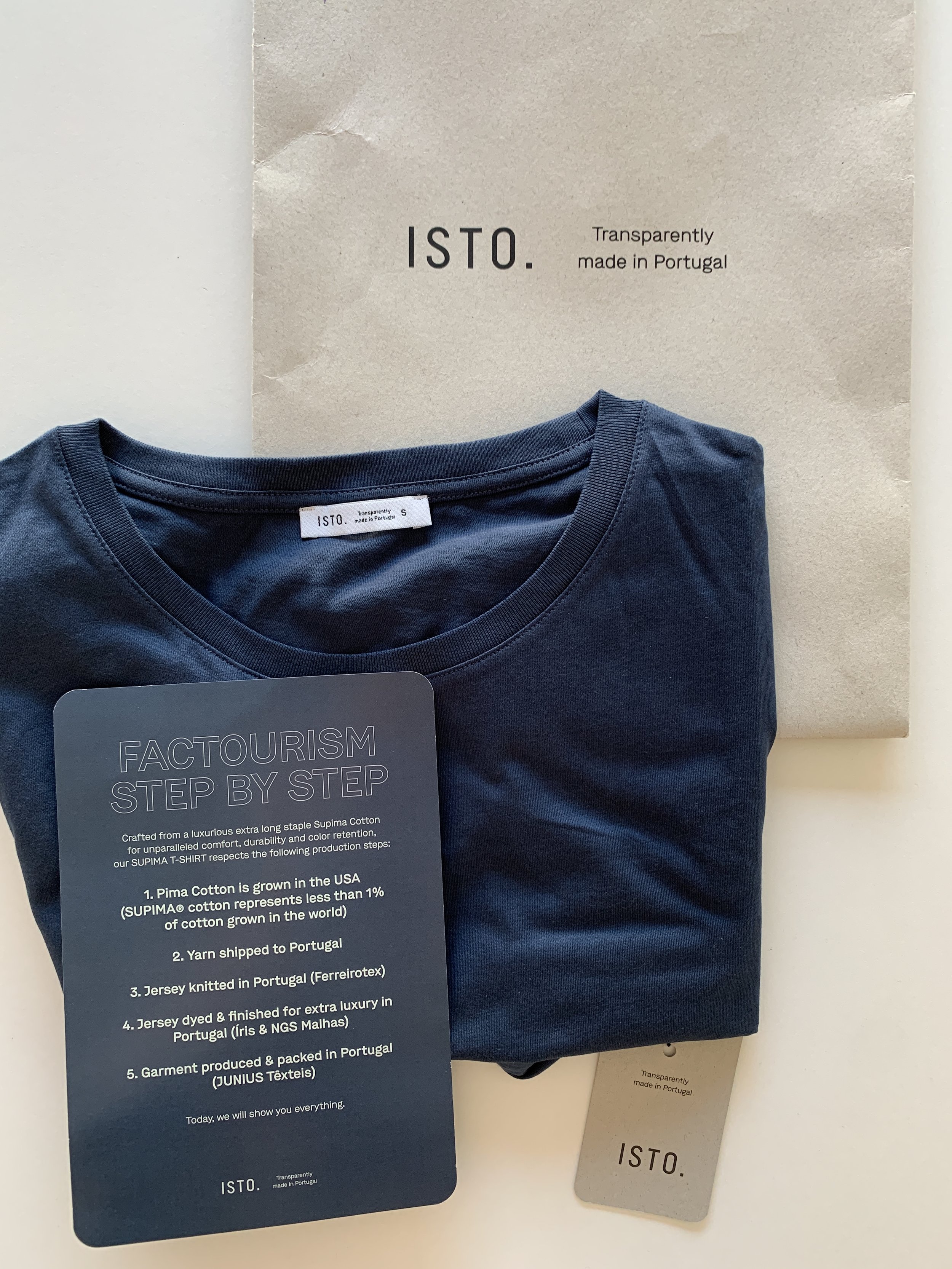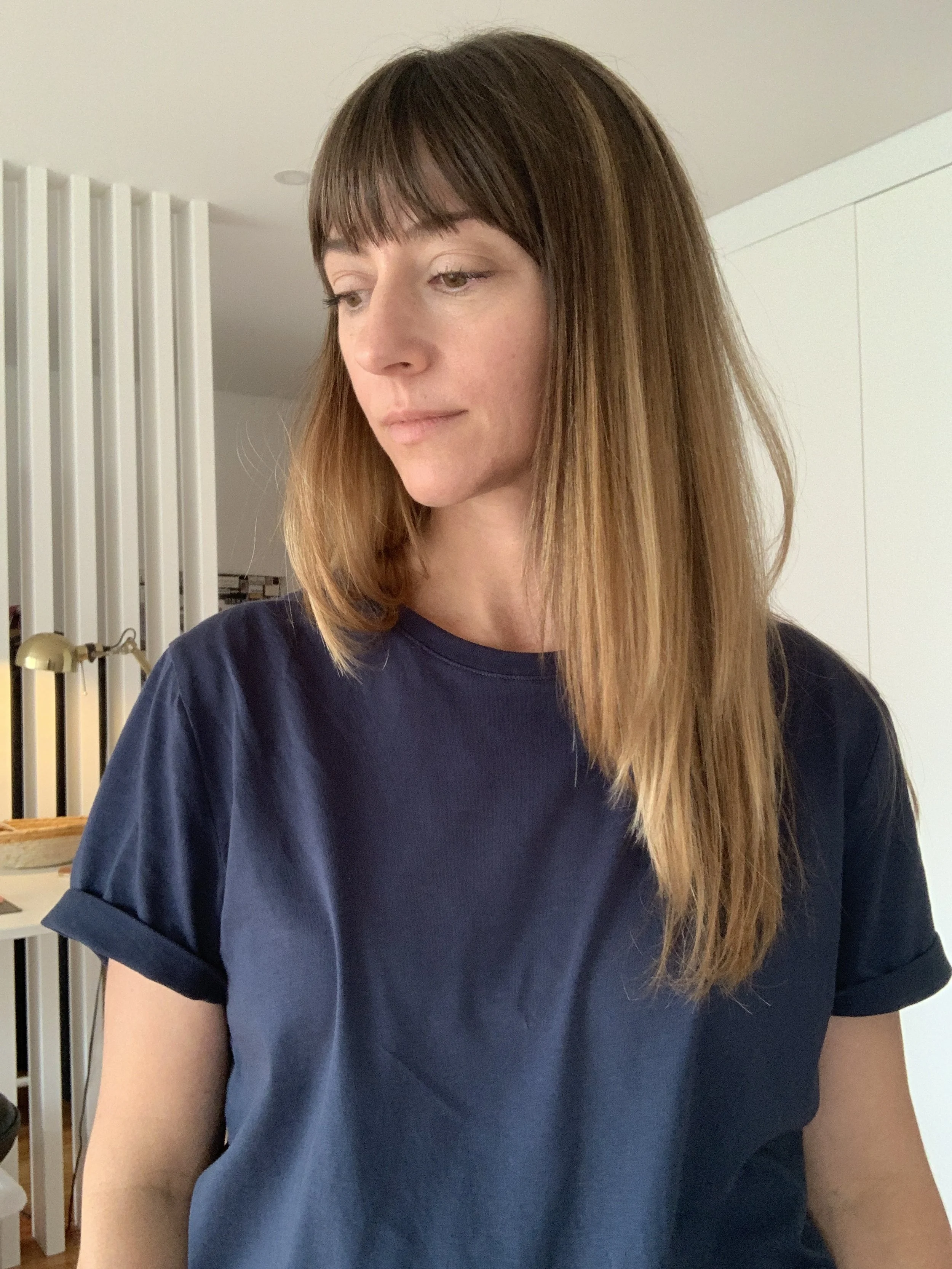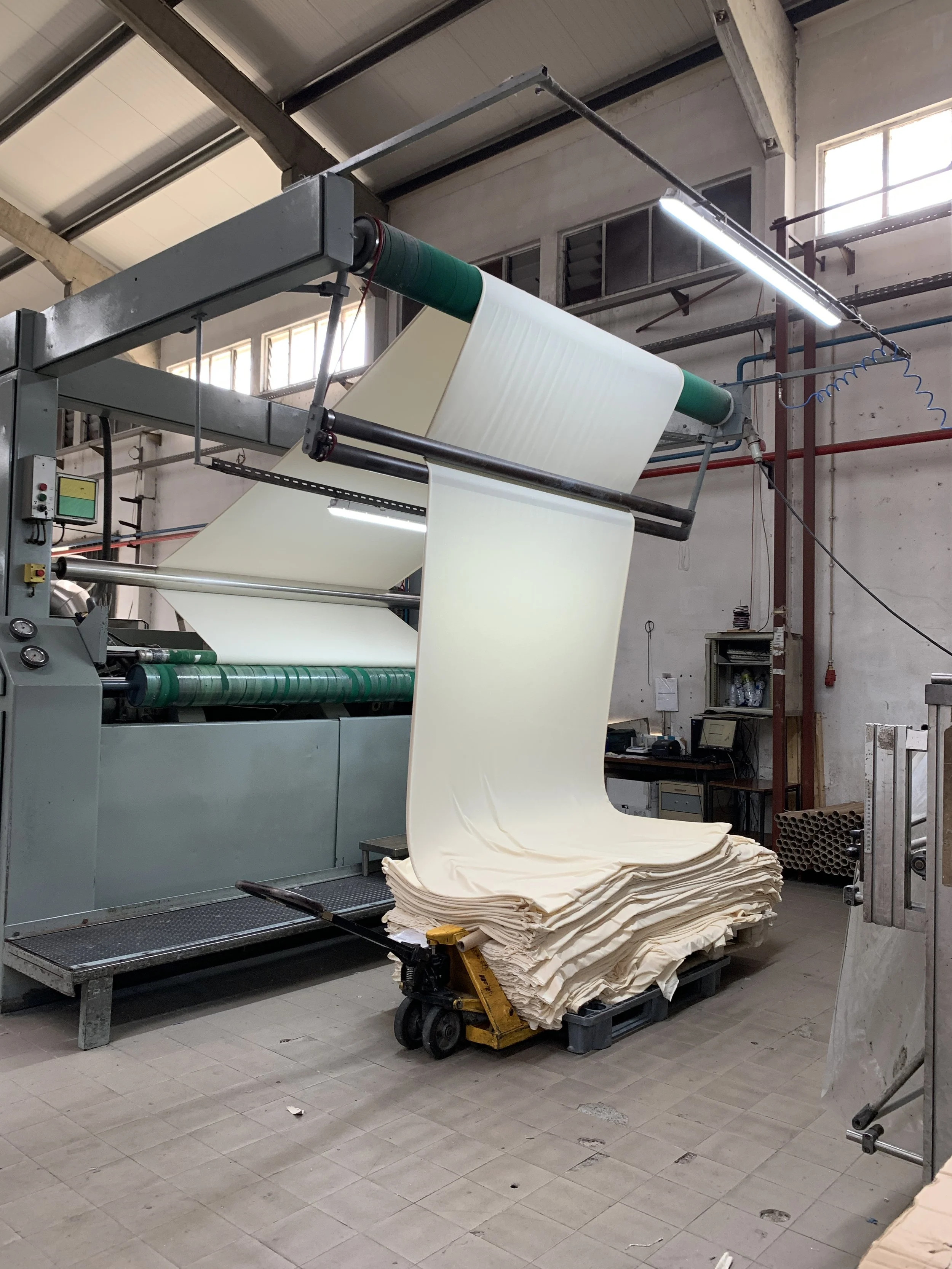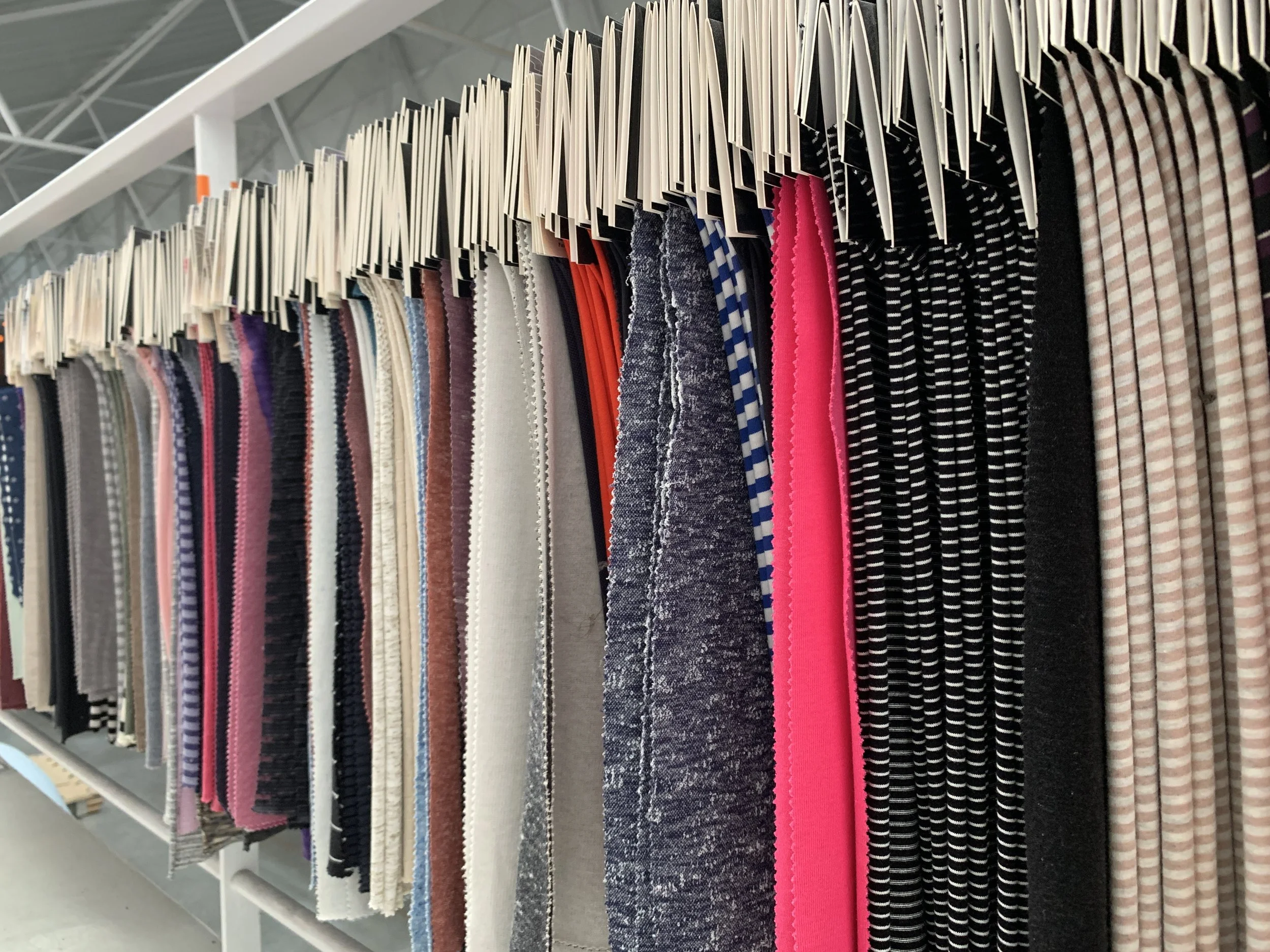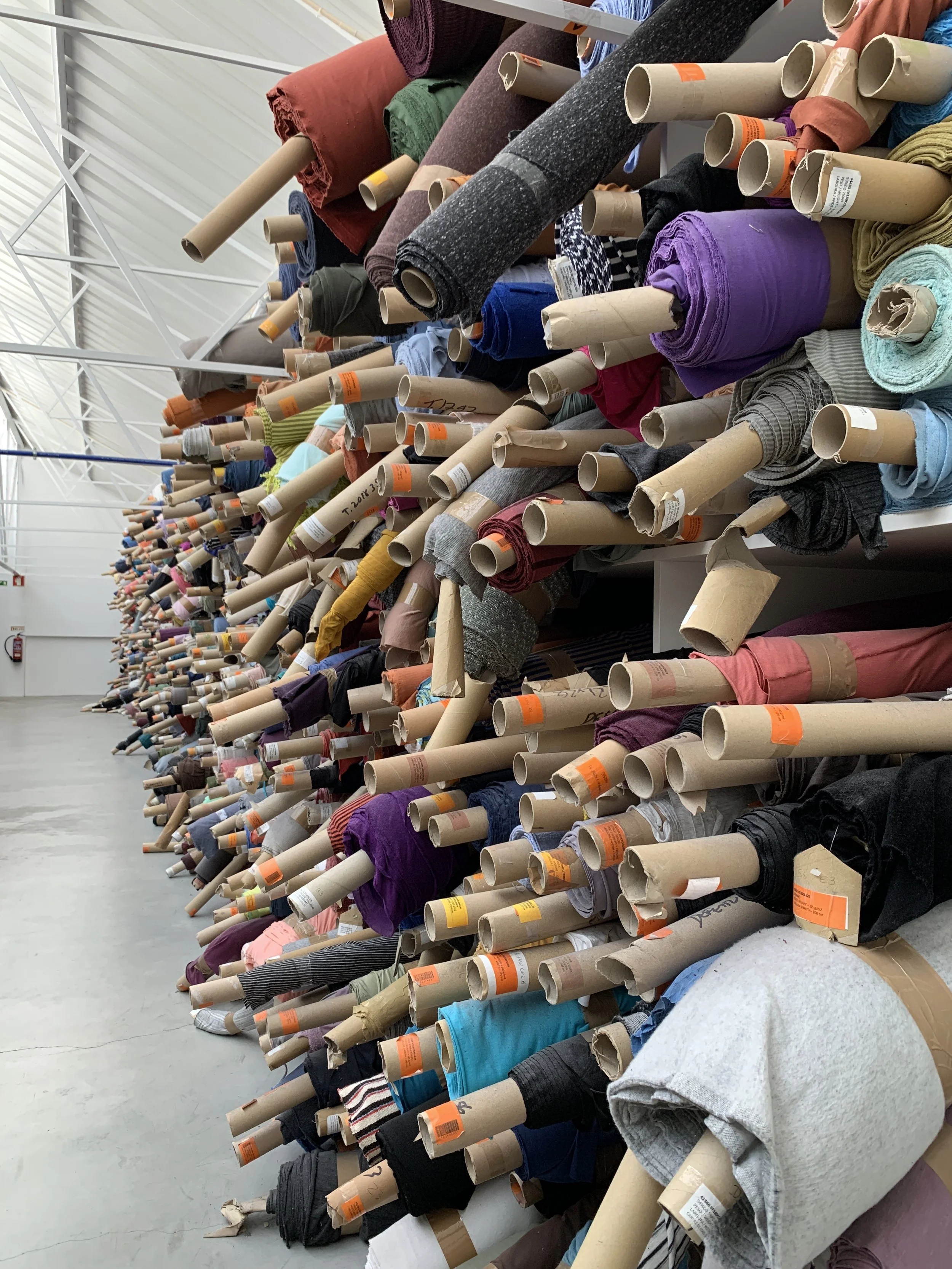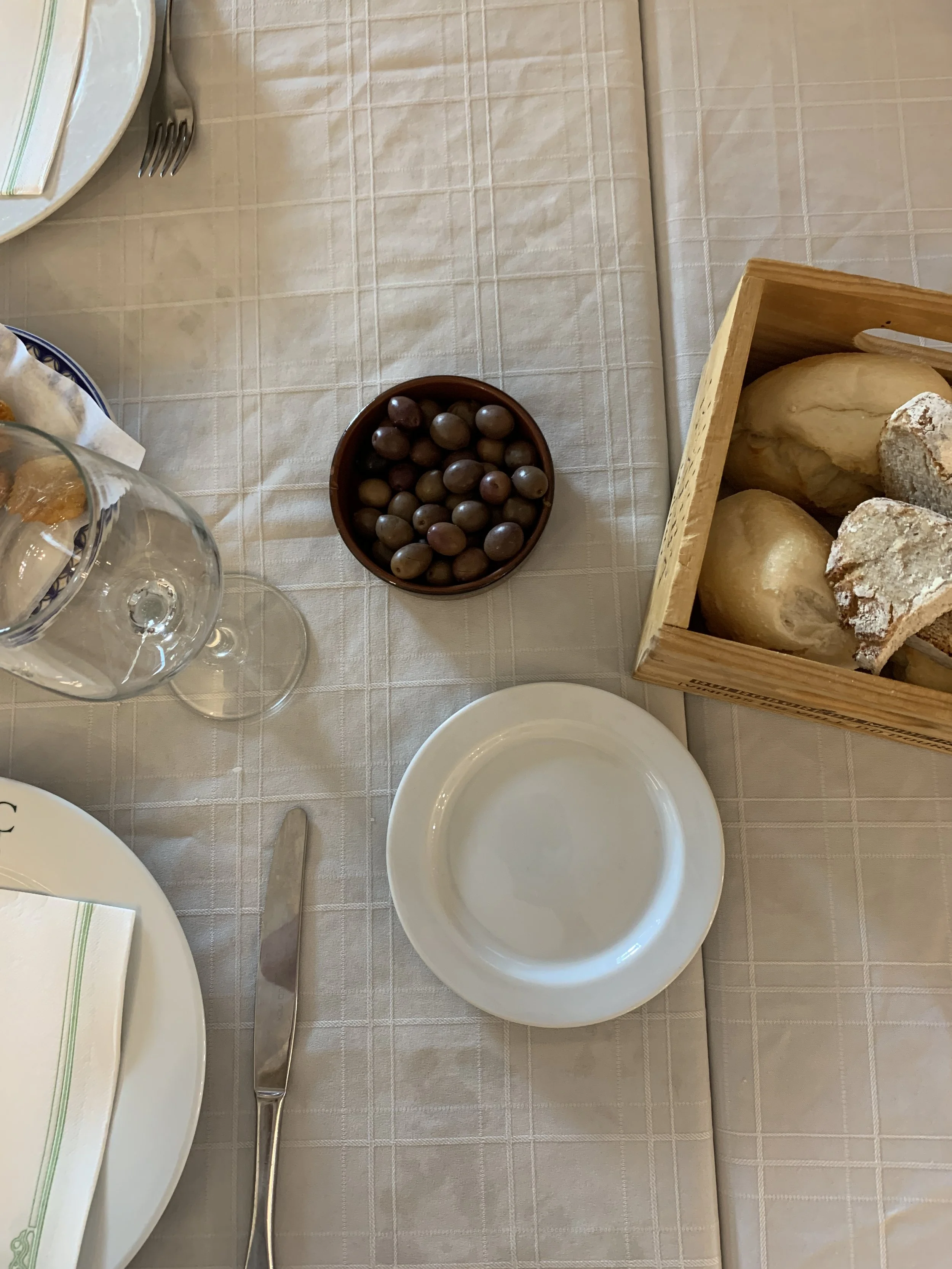Brand Transparency with Isto
Facts + Tourism = Factourism
Factourism is a concept created by the Portuguese brand Isto with the purpose of showing transparency in their product’s production life cycle through an arranged day where people can visit and tour the factories making their products, from fabric spinning to fabric dying to where the final product is manufactured.
With the likes of fast fashion brands like Boohoo, Shein, and Primark, to name a few, on the hamster wheel of pumping out mostly crappy garments while their marketing teams put their energy into greenwashing messages, there is a stronger push from consumers for brand transparency now more than ever before.
As someone who works on behind the scenes, the concept of Factourism intrigued me. I feel it more than important for brands to show where their products come from.
Especially if there is nothing to hide and everything to be proud of.
So this past summer, I joined Isto on their first ever Factourism day to see how they are leading the way in brand transparency.
Behind the Scenes with Portuguese Brand, Isto
By the time July rolled in, all hot and sticky, the fires here in Portugal had become stronger and more devastating. Villages were being evacuated, more fires were starting to pop up everywhere, and roads were closing so traffic had to be rerouted.
Factourism was to be postponed.
Summer went by, busy with work and family. By September, the fires were under control, and autoroute life returned to normal. A new factory tour date was set. We were going to follow the journey of how Isto’s Supima cotton t-shirt was made: from where the yarns are knit, to where the fabric is dyed to the final destination in the production cycle of where the fabric is cut and sewed into their classic t-shirt.
Supima premium cotton is grown in the USA. Supima’s extra long fibres allows for smoother, stronger and softer fibres that hold dye extremely well.
That morning I got ready, doing my usually back and forth between outfits before finally settling on the first one I tried on. (It has to feel right, you know?) I shuffled my family out the door for the school run, and started for the nearest metro station. The day promised to be warm and humid, but the morning was delightfully cool. On my walk, I stopped for a quick bite, a fresh pastel de natas, Portuguese custard tart. As I paid, I could see my metro was about to arrive. I scooped up my breakfast and ran down the steps just as the metro pulled up.
Moving my way through the packed metro of morning commuters, I found a place to stand and started to nibble on my breakfast, excited about the day ahead but acutely aware that the little custard tart was piping hot in the centre and violently burning the roof of my mouth. Propping myself up on an available corner, I covered my mouth with the tiny plasticy-paper napkin and exhaled the steam while my eyes watered and my mouth burned hot.
10 minutes and a damaged mouth later, I arrived at the meeting spot and waited for the bus, carrying others who had signed up, to arrive from Lisbon.
First Stop: The Knitting Factory
Our first stop was the knitting facility. As we exited the bus, we were handed an envelope. Inside was the softest t-shirt I have ever felt in a gorgeous deep navy blue.
We entered the facility and were greeted by pallets of undyed yarn piled high and ready for their turn to be spun into something wonderful. To the right and to the left are circular knitting machines whirring loudly each in their own space, surrounded by three walls. Layered on the walls are metal frames with pegs to hold the spools of yarn, threaded meticulously through the machine. At the base, the centre barrel spins around as the fabric slowly comes to life.
At this factory, various types of yarns are spun together in large, industrial circular knitting machines. All types of knit fabric are produced here: terry, cotton elastane blend, rib, interlock, single knit, and double knit, to name just a few 😉
Next Stop: The Dye House
Once our tour of the knitting facility was complete, we loaded back into the bus to take the short drive to where the fabric is dyed.
At this factory, the fabric starts its journey going from a natural ecru colour to a fashion designer’s Pantone colour of choice.
There are machine’s that house the dyeing and washing; machines that’s sole purpose is to untwist the fabric; machines that dry the fabric; and a huge impressive machine that looks after the shrinkage and twisting in the fabric.
We spent much of our time here, looking around at each machine, peeking in through the windows to watch fabric being pulled through the dye, or swinging high while it is fed through to be straightened out.
Entrance to NGS MALHAS
We made our way around the factory, taking our time at each machine while the guide explained everything, every process, every step of the way. We are unrushed and free to walk around, ask questions and peek inside machinery.
Eventually, we enter a space that has one wall lined with bolts of fabric whose sole purpose is to be samples. I resist the urge to stop and look at every piece of fabric, as many of us there, I am sure, want to do. We entered into their large modern showroom where more walls are lined with even more samples, this time smaller pieces of fabric for brands to take with them.
A step outside from the showroom and there is a large balcony with a view of the hill down to the river. Here there are 3 large water treatment tanks where they are working to have a majority of the water go back into the factory to be reused, a circular-loop if you will, but they are not fully there yet. Like so many factories, they are aiming to clean up their processes as best as technology, time and budget allows for better environmental practices for future generations.
DID YOU KNOW?
Factories similar to this one offer stock services? Meaning they have select fabrics on hand to sell in lower minimums (50 metres/colour). Suppliers like this are an example of who are in our directories of low MOQ suppliers.
Lunch
After the dyeing factory tour was complete, it was time for lunch. We pulled up to an unassuming restaurant, with bright colourful potted flowers at the entrance. Inside, classic Portuguese decor of white table cloths covered the tables of what turned out to be a restaurant of considerable size. We settled in for perfectly cooked battered cod, filetes de Pescadas, classic Portuguese rice and white beans, I believe called arroz de feijão, kept piping hot in a stainless steel casserole pot, a side potato salad accompanied with crisp cold white wine. My mouth still tender from this morning’s pastel de natas, I blow on my steaming food cautiously.
Sitting with this group, with so many people here who care about doing fashion better is apparent. Be it the smaller brands that were there to the sizeable brand like Isto, with multiple storefronts and a large online presence.
It is here I also realised that my Portuguese language lessons couldn’t start up again fast enough. My level, still too basic for full conversations, I felt there was so much sincere conversation I missed and genuinely wanted to be a part of.
We had one last stop after lunch, the garment manufacturing factory. A spacious building, bright and clean, housing the most impressive industrial machinery.
Last Stop: The Garment Factory
Full from lunch, we made our way to our next and last destination, the garment manufacturing factory, Junius.
With respect to the brands that develop their product’s in this space, I did not record or take photos inside.
What I can tell you is that deep red jersey fabric was moving through the machines (think Pantone’s colour of 2023, Viva Magenta). Women were snipping end tails of threads at another set of tables, one garment at a time. I noticed the irons were hanging from hooks and when not in use, they would hang there suspended, not touching the ironing table or resting on anything. Oh, this is genius, I thought to myself.
As we walked through the work areas, the women would slow their machines and glance up at us curious and smiling. Boa tarde, good afternoon. We entered through the big open space, moving from one machine to the next.
The energy is calm here. And I was struck by how quiet it was on the sewing room floor, even with all the different machines running. Looking up, I could see the massive ceiling is lined with acoustical panels to help reduce the noise of the many machines.
After walking through the different areas, watching 3D garment labels be pressed on shirts, neck bindings stitched with impressive industrial coverstitch machines, the tour wound down to an end. And with that, we loaded onto the bus and headed back to Porto to drop myself and another off, then it continued on for the two and a half hour drive back to Lisbon.
I am grateful Isto offered this tour opening up their factory doors and am already looking forward to the next one.



